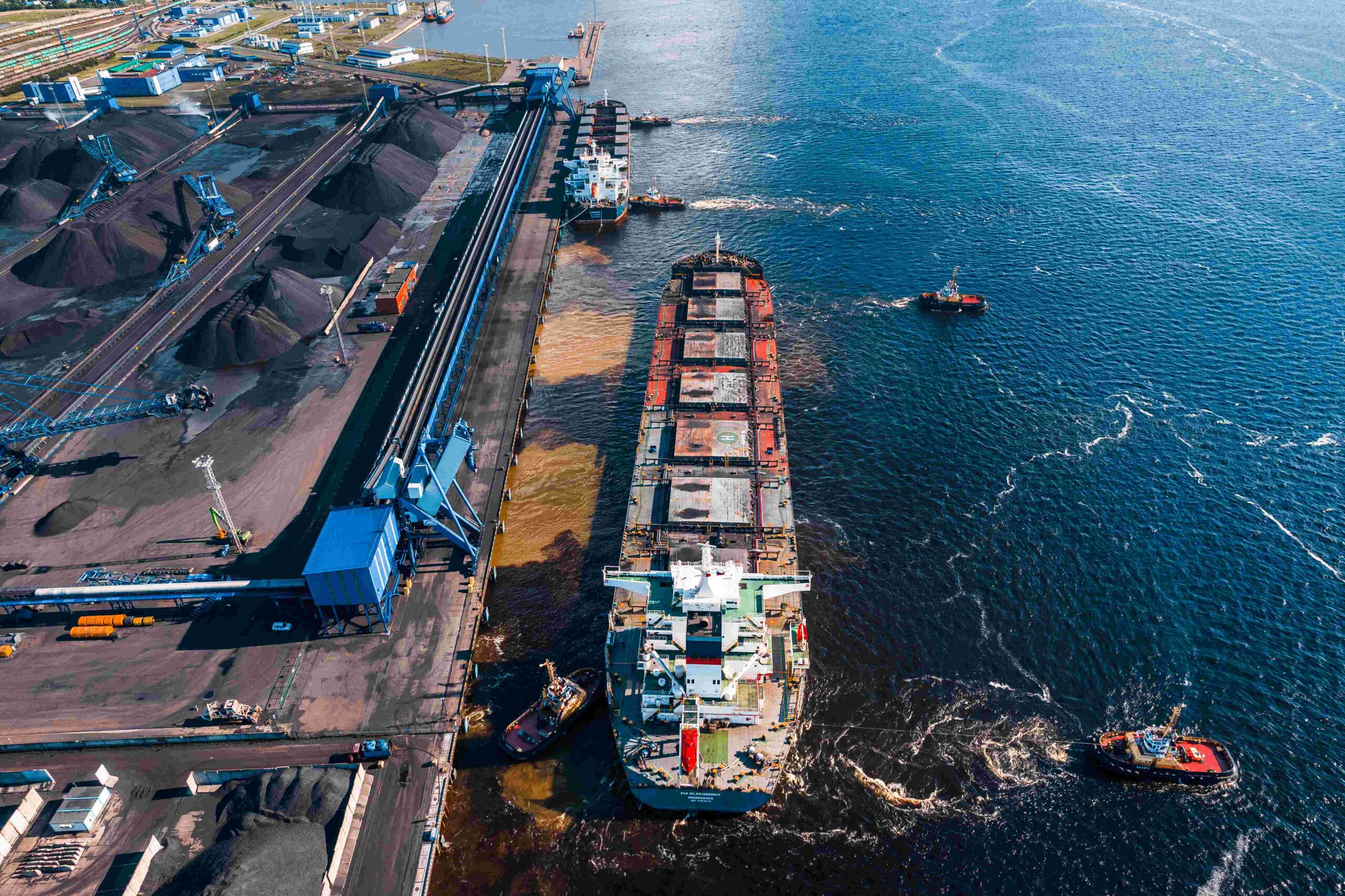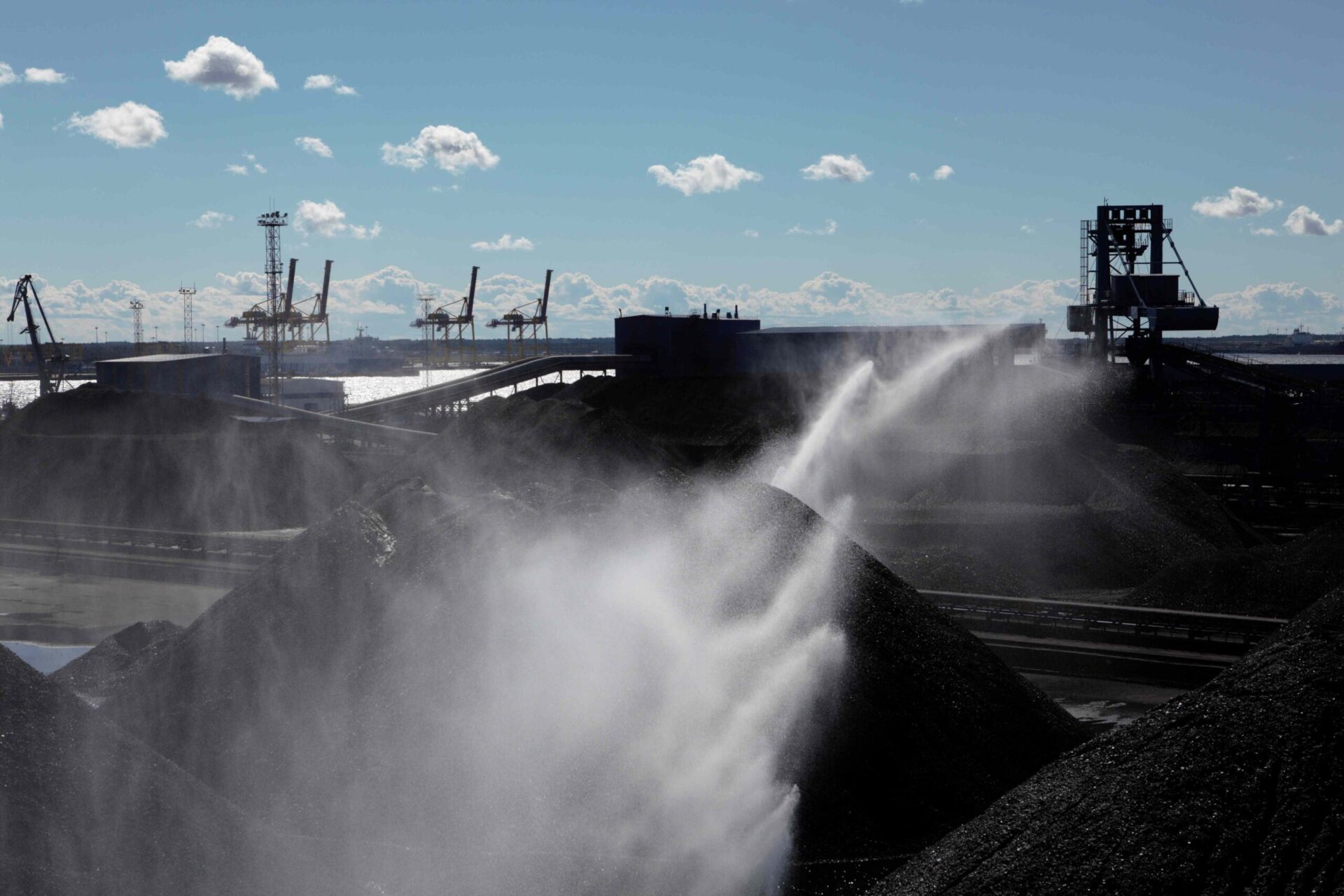
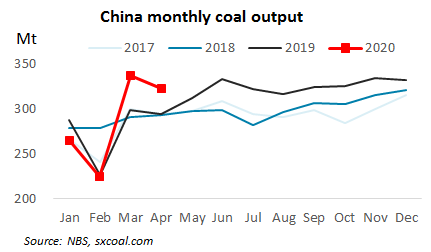
China’s economic and industrial activities are recovering at a fast pace, as the country has brought the COVID-19 epidemic under control. Against this backdrop, how its coal market would move over the post-epidemic period is closely watched by participants at home and abroad.
In an online webinar organized by CMT on June 10, Sarah Liu, principal analyst of sxcoal.com, gave a quick update of COVID-19’s impact on the Chinese coal market and shared her market outlook post COVID -19.
China’s coal supply was shortly affected by lockdowns during the epidemic – with coal production falling to a historical low in February, but recovered rapidly in next months, following government calls to ensure coal supply, Liu introduced, noting the traffic ministry issued green passes for coal trucking with no expressway toll fees.
According to the weekly survey of sxcoal.com on coal mines in Shanxi, Inner Mongolia and Shaanxi, rate of capacity utilization of thermal coal mines increased from 80% in February to more than 90% in March, and further up to 95% in April. Capacity utilization of coking coal mines also rose quickly and remained high after the epidemic is basically contained.
Data from the National Bureau of Statistics also showed positive year-on-year growth of coal production in March and April. Year-on-year growth of January-April coal output swung positive to 1.3% from a decline of 0.5% in January-March and a 6.3% drop in January-February.
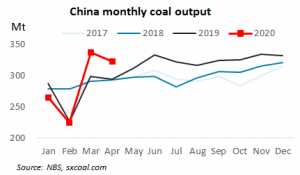
Coal supply slowed down with the falling of capacity utilization in May as a result of production restriction for safety concerns during China’s annual political gatherings – “The Two Sessions”, which lasted about 10 days from May 21.
Compared with the supply side, the impact of COVID-19 on demand side was even bigger and lasted longer, due to the slow progress in recovery of downstream industries.
However, demand is picking up significantly. “Coal burns at key power plants and the six coastal power groups gained 7.8% and 7.2% year on year growth respectively from the beginning of May. This is mainly attributed to positive growth of industrial production, as well as strong recovery of the services sector,” Liu said.
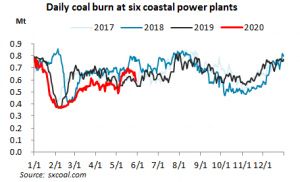
In the coking coal segment, Liu said demand was firmly supported by downstream production. “From the beginning of the second quarter when steel demand peak season started, the government’s stimulus policies and strong industrial recovery impetus has been driving hot metal and crude steel output to increase,” she said. “And steel products stock entered a destocking cycle.”
Thermal coal rallying while coking coal still weak
With a combination of downstream demand recovery, production restriction over the “Two Sessions”, as well as Daqin line maintenance and tightening import curb, Chinese thermal coal prices started bottoming out from late April.
According to Fenwei CCI index, the benchmark 5,500 Kcal/kg NAR coal rose 18% from April 28 to 553 yuan/t FOB as of June 9, wiping out all decreases since March 17.
Looking at coking coal, however, prices continued falling due to rapid supply recovery, strong import, and decline of coke prices.
The price of Shanxi premium HCC at Jingtang port fell 10.5% or $24/t from mid-March till mid-May. Although coke price has rallied 200 yuan/t since May, coking coal price remained weak. Also, plummeting seaborne coking coal price negatively impacted prices at the domestic market.
Outlook: H2 coal prices to come up in a volatile way but annual average prices to come down
In the second half year, economic fundamentals are expected to continue improving in China, and policy support and easing liquidity are both favorable for domestic coal demand.
From the supply side, however, thermal coal production will continue increasing this year. Raw coal output is forecast to grow 0.8% to 3.88 billion tonnes this year, according to Liu.
“This indicates a rather loose balance between supply and demand,” she pointed out. “So a fluctuating pattern can be foreseen in the second half year with the average price slightly higher than H1, while the average price for the whole year is expected to continue coming down to 540 yuan/t (for 5,500 Kcal/kg NAR coal), a 9% fall from 2019.”
In terms of coking coal, “prices stand stable from mid May till now and are likely to rise in the second half year supported by economic recovery and stimulus measures, strong steel and coke production, as well as a potential rally of seaborne coking coal prices amid lift of lockdown in other countries,” Liu said.
But there will be a supply glut that continues this year, which will lead the price direction moving downward with the average CCI Liulin low-sulfur price index to 1,360 yuan/t, a 13% drop compared with that in 2019, she predicted.
Ms. Liu has 30 years of industry research experience, with deep understanding of China and global coal and downstream markets, in-depth insights into government policies and related industries (coal, power, iron & steel, coking, building materials, chemicals, clean energy) ranging from resources evaluation, supply, demand, cost, logistics, etc. She leads and participates in a great number of major consulting and research projects for domestic and overseas clients.
Source: SXCOAL.com
Follow SX Coal on Twitter:
[tfws username=”sxcoal” height=”700″ width=”350″ theme=”light” color=”#FAB81E” tweets=”2″ header=”yes” footer=”yes” borders=”yes” scrollbar=”yes” background=”yes”]










